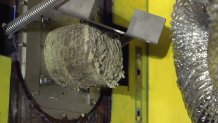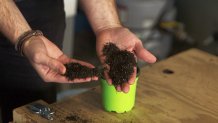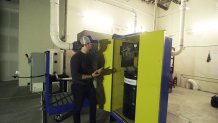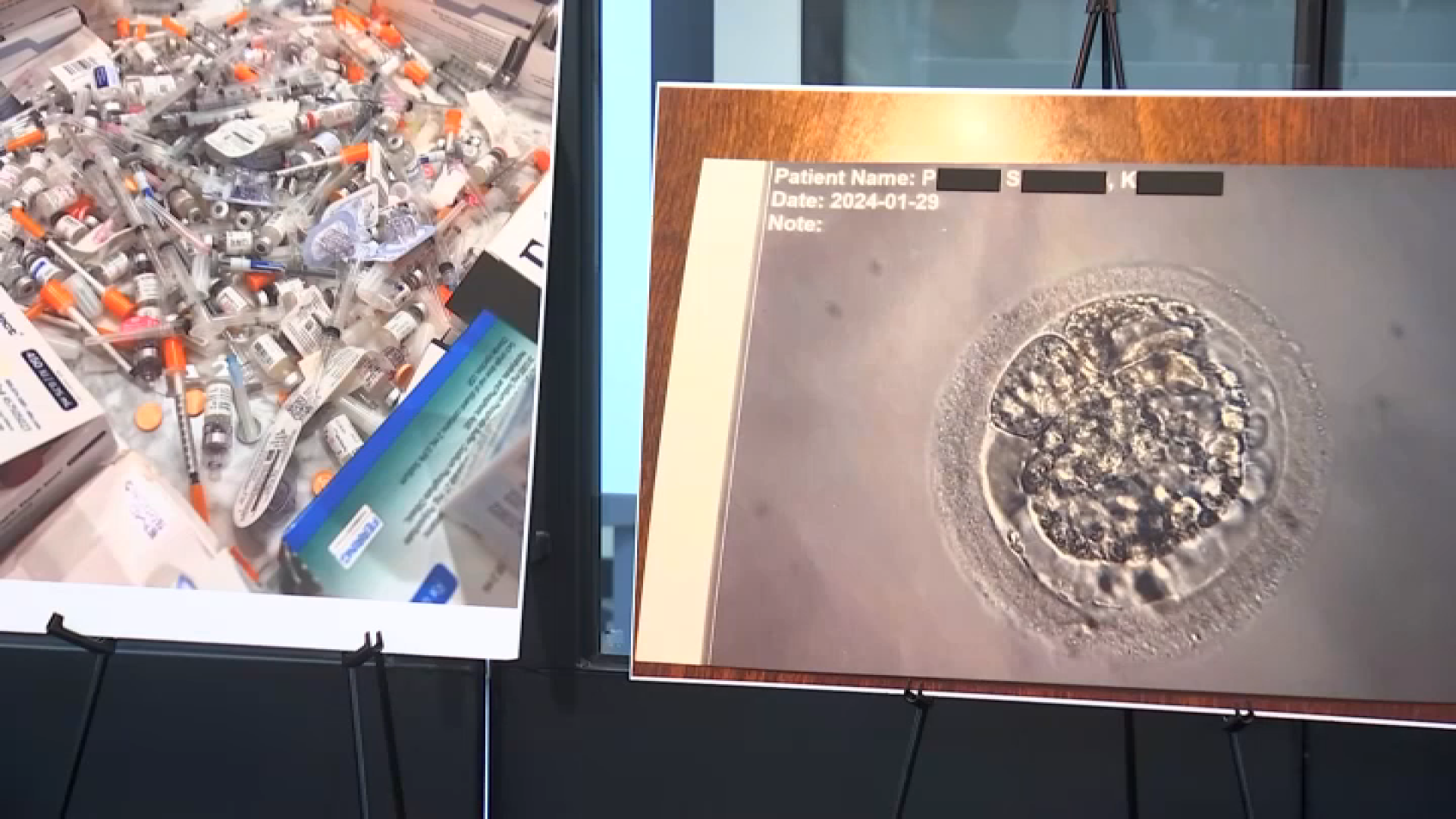Let's face it, in the new 754-unit NEMA luxury apartment building on San Francisco’s mid-market street — there will be a lot of showering, sink running and — well — toilet flushing. But Aaron Tartakovsky and his company, Epic CleanTec, are aiming to give all that water — and even human waste — a second act.
The company is conducting a 6-month experiment with a system that is taking the water and poop from 55 of the building’s residential units and recycling it, all in an effort to change how urban high-rises deal with water reuse.
"There’s essentially a water reuse revolution happening right now, and it's starting here in San Francisco," Tartakovsky said.
The company installed a series of pipes, pumps and filtration in a store room in the 35-story building to reroute some of the waste water that would otherwise flow to the sewer. The water is treated and sent back into the building where it can then be reused for non-potable applications. The human waste and toilet paper is separated from the water and ends up looking like a giant blob of lint, which is captured in barrels.

"So this here is a combination of human waste, of toilet paper and everything else people flush down the toilets," Tartakovsky said, pointing to a big metal box where the solids are captured. "We're basically squeezing the water out of it and depositing it into these bins."
The city of San Francisco recently passed an ordinance requiring black water recycling in all new commercial buildings larger than 250,000 square feet. The new Salesforce Tower has a system that captures and recycles the building's black water for non-potable uses.
California
But Epic CleanTec's recycling of human waste takes things a step further. The barrels of human waste are hauled to the company's offices a few blocks away in a former Honda Dealership at Van Ness and Mission streets, where it's treated with a chemical process that transforms the waste into fertilizer.
"In about 25 minutes, we go from a raw waste into a completely odorless, sterile and unbelievably nutrient rich soil product that we can then use all around us," Tartakovsky said, shaking a can of the fertilizer into his hand.

To emphasize the potency of the fertilizer, Tartakovsky guided a visitor to the rear of the building where the company created an elaborate enclosed garden filled with plants all fertilized and grown with the humanure. Tartakovsky ran his hand along small green tomatoes, pointing out grapevines, flowers and small trees. The garden was ornamented with a pair of golden toilets which he said symbolize the waste associated with flushing clean drinking water down toilets.
"We have gold going into our toilets every day," Tartakovsky said.
The company hopes to expand its process to other buildings in the city and beyond and is already in talks with several other developers to incorporate its systems. Tartakovsky said the demonstration at the NEMA building shows the system only takes up a small footprint and could be installed in older buildings.
"What we're doing is decentralizing wastewater treatment, which means we're turning each building into its own water recycling plant," Tartakovsky said.

The advent of black water recycling is not new, though it hasn't been widely embraced yet in the U.S. where some are a bit uneasy over the idea of reusing wastewater.
"These technologies have been available in Australia, Israel and Japan for 30 years,” said Kyle Pickett, whose San Francisco company, Urban Fabrick, consults with developers on sustainability practices. "So what we're just trying to do is bring it to scale here, but there is a 'yuck factor' in educating people about that that means."
Tartakovsky emphasized a city like San Francisco, with its combination of a growing population and aging sewers, needs to seek new solutions when it comes to water use, especially in drought years.
"We want to show everyone that the waste in wastewater is not actually waste at all," he said, standing in the garden.



